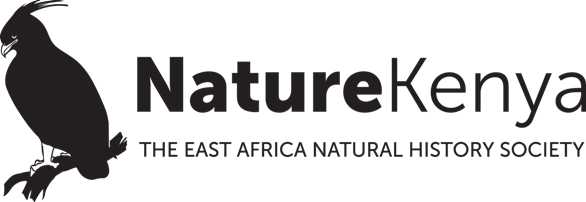by John Opiyo
If you sit quietly at night, you might hear a faint chirp or see a quick movement across the wall or ceiling. That’s a gecko, one of the most familiar yet least appreciated reptiles sharing our homes. These small lizards, with their soft calls and extraordinary climbing skills, have lived alongside humans for centuries. But beyond their curious presence, geckos play a surprisingly vital role in our daily lives.
I discovered this firsthand when I started paying attention to the tiny sounds that filled my evenings. What began as background noise became a fascinating window into one of nature’s most efficient pest control systems.
Meet the Clinging Night Patrollers
When I began observing more carefully, I watched, fascinated, as a pale gecko barely the size of my thumb suddenly darted forward and caught a mosquito right out of the air. Then another, and another. I realised I was witnessing remarkable hunting efficiency in action.
That gecko was likely a Common House Gecko, one of Kenya’s 47 gecko species. These nocturnal hunters use microscopic hairs on their toes to scale any surface, whilst their soft calls help them communicate with rivals and mates in the darkness. They’re evolutionary masterpieces whose toe pads can support their entire body weight on glass.
As my fascination grew, I started noticing smaller, more colourful lizards active during daylight hours. These daytime geckos patrol the same walls their nocturnal cousins abandon at dawn.
It’s like watching a perfectly coordinated shift change. As the house geckos retreat to their hiding spots, these tiny jewel-like creatures emerge to continue the insect hunt.
This tag-team approach means our homes benefit from round-the-clock pest control. The night shift targets mosquitoes that are most active after dark, whilst the day shift handles flies and other insects that prefer daylight hours.
The Human Health Connection
What I initially saw as charming household companions took on new significance when I learned about their public health impact. Living in Kenya, I was aware of malaria risks and the dengue fever outbreaks that have affected coastal counties in recent years.
When I discovered that my little wall-walkers were actually protecting families from disease-carrying insects, everything clicked. These weren’t just cute neighbours; they were tiny guardians working for our health.
The numbers are compelling. A single gecko can consume up to 50 insects in one day or night, targeting many of the same mosquitoes and flies that spread diseases like malaria or dengue. In Kenya, where malaria remains a leading health concern, this natural pest control service is invaluable.
Becoming a Gecko Champion
I now actively encourage geckos around my house. I’ve learned to identify the different species by their calls and behaviour, and I’ve started participating in citizen science projects that document gecko populations.
I’ve identified at least four different species around my home. Each one has its own hunting territory and preferred prey.
I’ve also become an advocate in my neighbourhood, sharing my knowledge with others who might otherwise view geckos as pests. I tell people: before you chase away that gecko, remember it’s working the night shift to protect your family’s health.
Small Guardians, Big Impact
My gecko journey shows how shifting perspective can transform our connection with urban wildlife. What started as mysterious night sounds evolved into an appreciation for one of the most effective natural pest control methods.
Every evening when I hear those gentle chirps, I smile. I know my tiny security team is clocking in for another night of keeping my family safe. It’s remarkable how the smallest creatures can make the biggest difference.
For families across Kenya, geckos offer the same invisible protection I discovered. By simply welcoming these small guardians and learning to appreciate their round-the-clock service, we gain powerful allies in the fight against vector-borne diseases.
It’s funny how we fear what we don’t understand. That gecko I once considered a nuisance had been working the night shift as my personal pest control specialist all along. Now, when I see one dart across my wall, I don’t reach for a broom; I nod in appreciation. We have an unspoken deal: it handles pest control, I provide the real estate.
